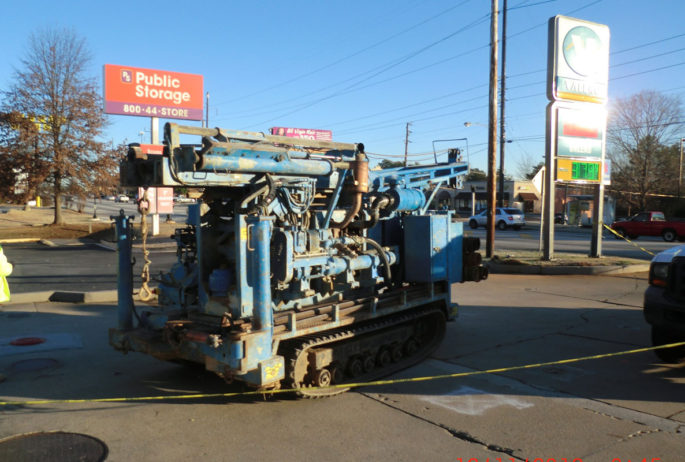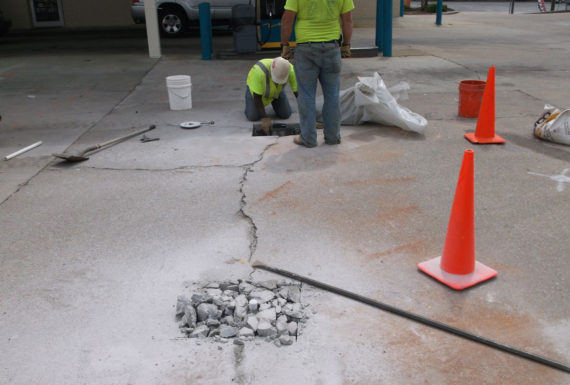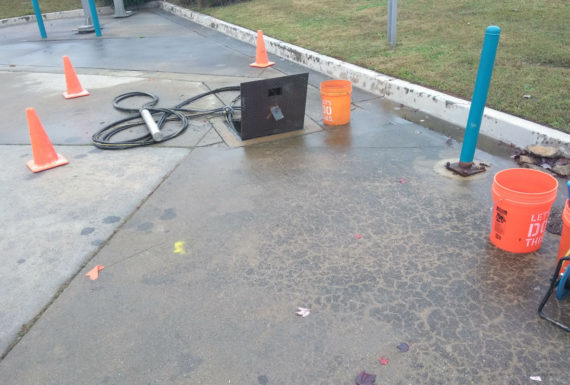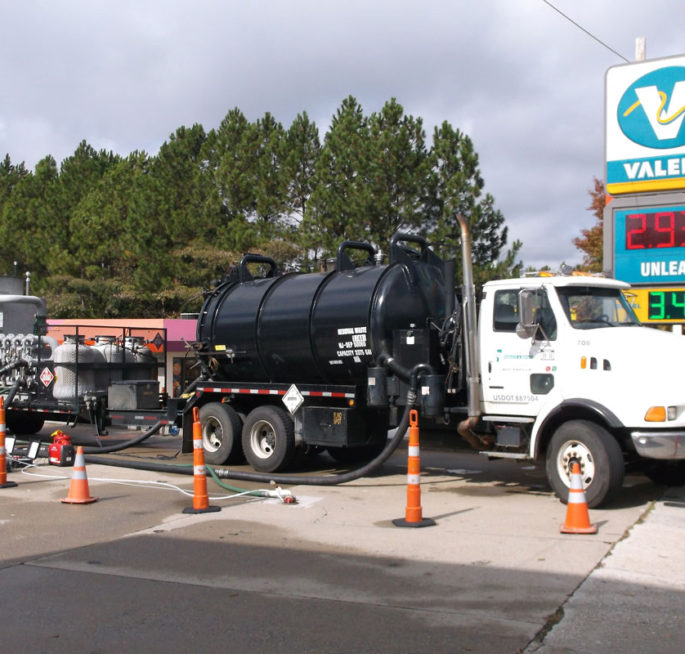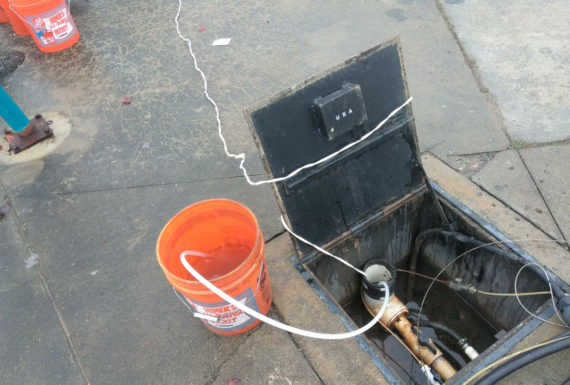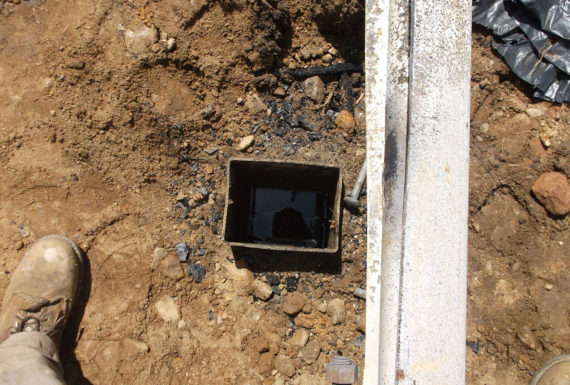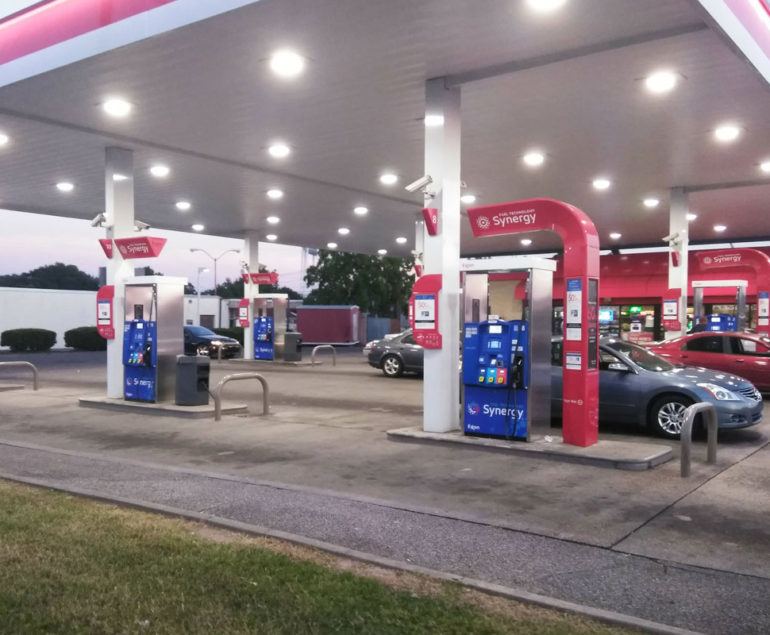Introduction & Background
A petroleum retailer released gasoline from one of their underground storage tanks. Although the extent of gasoline-impact was delineated, a persistent “pocket” of free-phase petroleum remained beneath the subject property. As required by statute, measurable “free-phase” petroleum product must be removed if it exceeds 1/100 of a foot in thickness.
Traditionally, free-phase product has been removed via:
Client
Petroleum Retailer
Market
Retail & Wholesale Fuel
Location
Atlanta, GA
Service
Soil & Groundwater
Statement of Problem
The methods listed require either significant equipment costs or frequent labor hours to reach the desired result, which is free-phase product removal.
Strategy & Solution
Identify an alternative technology capable of:
With these requirements, Sierra identified and installed the Pump-on-Demand® (POD) free-product recovery system in two monitoring wells located in the center of the free-phase product area at the property. This recovery system uses free-product sensors that identify free product on top of groundwater and collect it via a carbon dioxide gas-driven pump. The pump then transfers the free-phase product to a temporary holding tank for containment. Due to the minimal access necessary to connect each well to the recovery system, Sierra was able to limit concrete cutting to a 4-inch-wide trench less than 90 feet long. Estimates of recovery costs (based upon varying carbon dioxide gas rates) indicate $0.02 to $0.03 per gallon recovered, which is extremely cost effective. In addition, no electric utilities are required for operation and the system runs unattended around the clock, every day of the year with no impact by weather conditions.
Result
Finding a creative solution provided a less-costly, free-product recovery solution that was able to achieve all goals.
